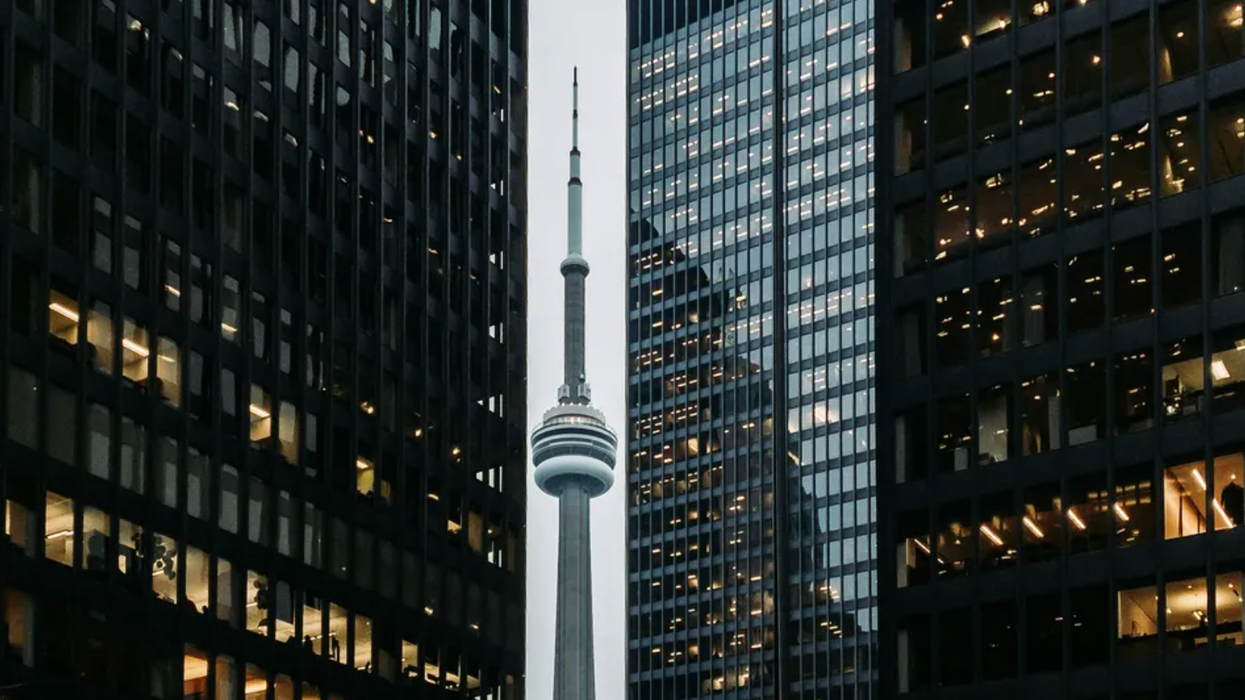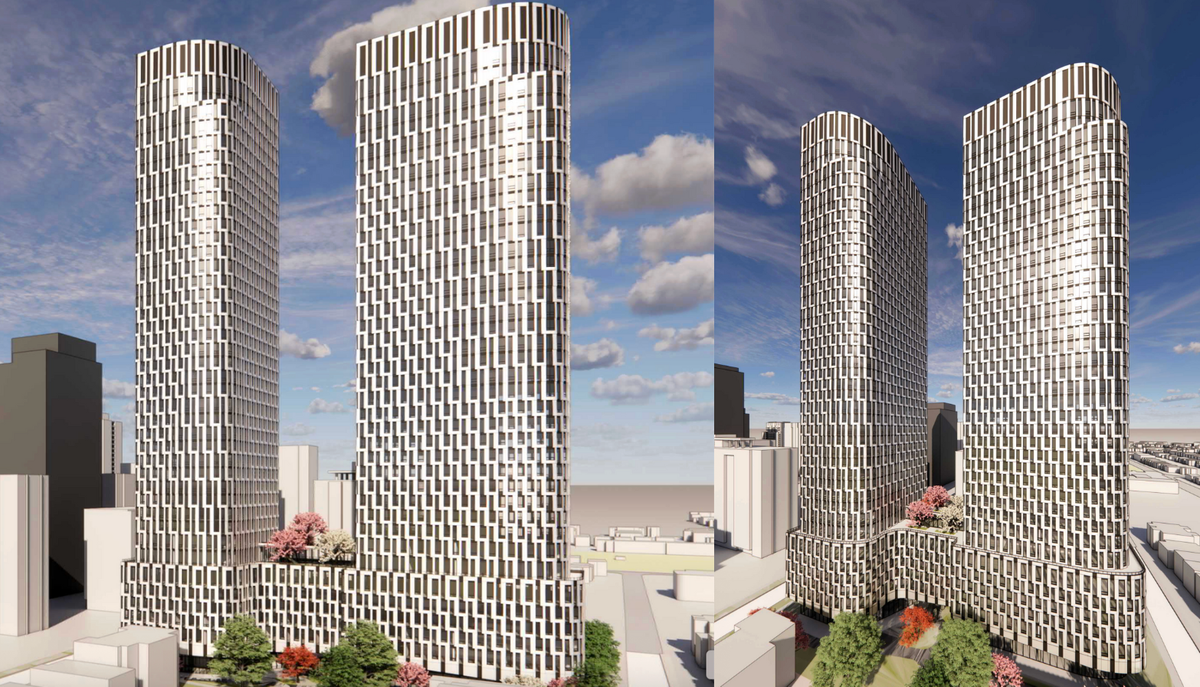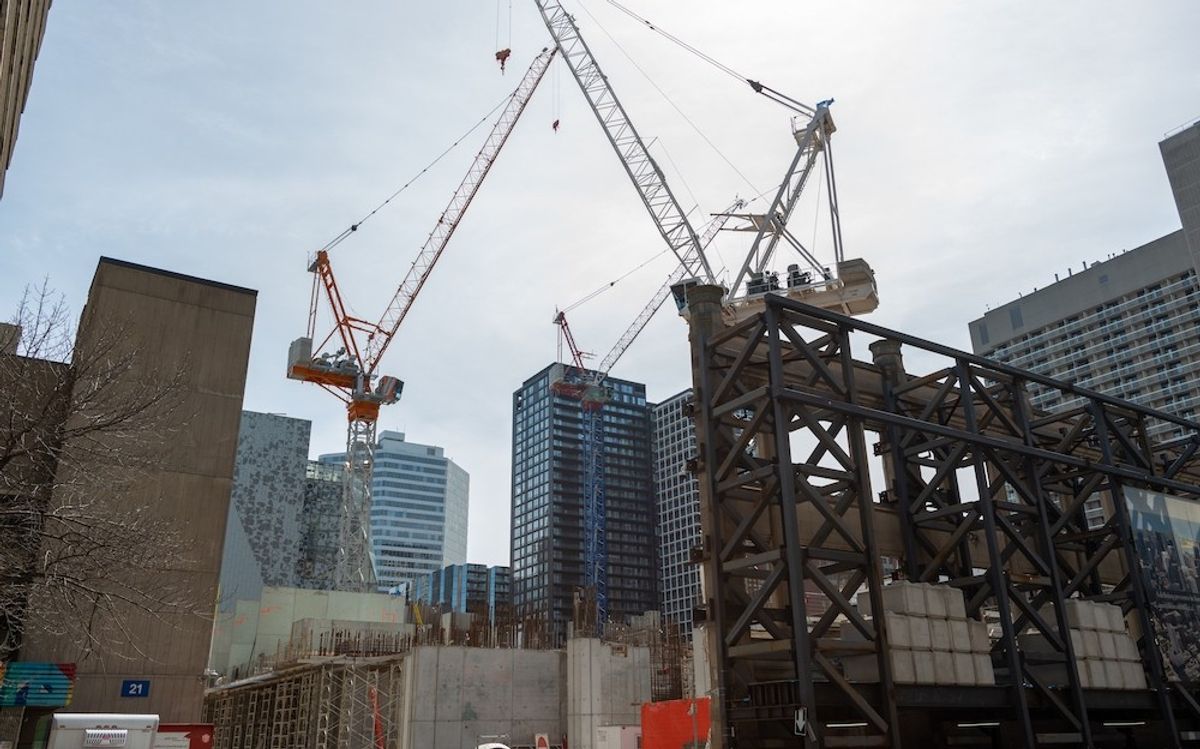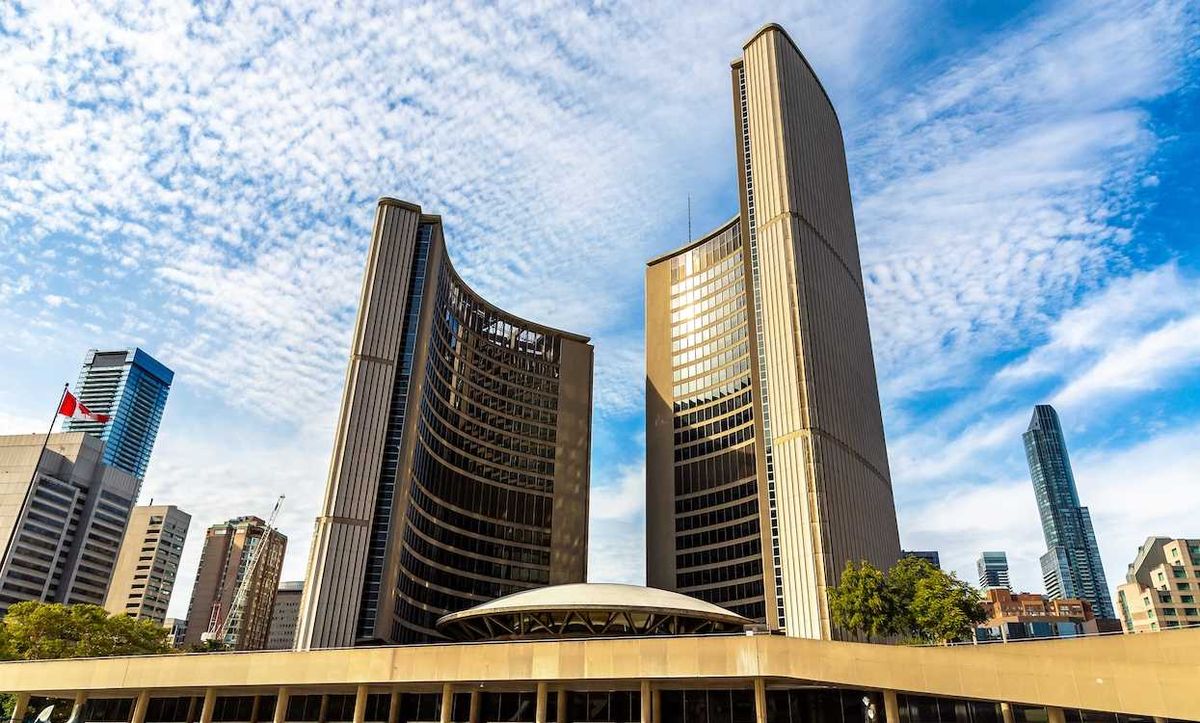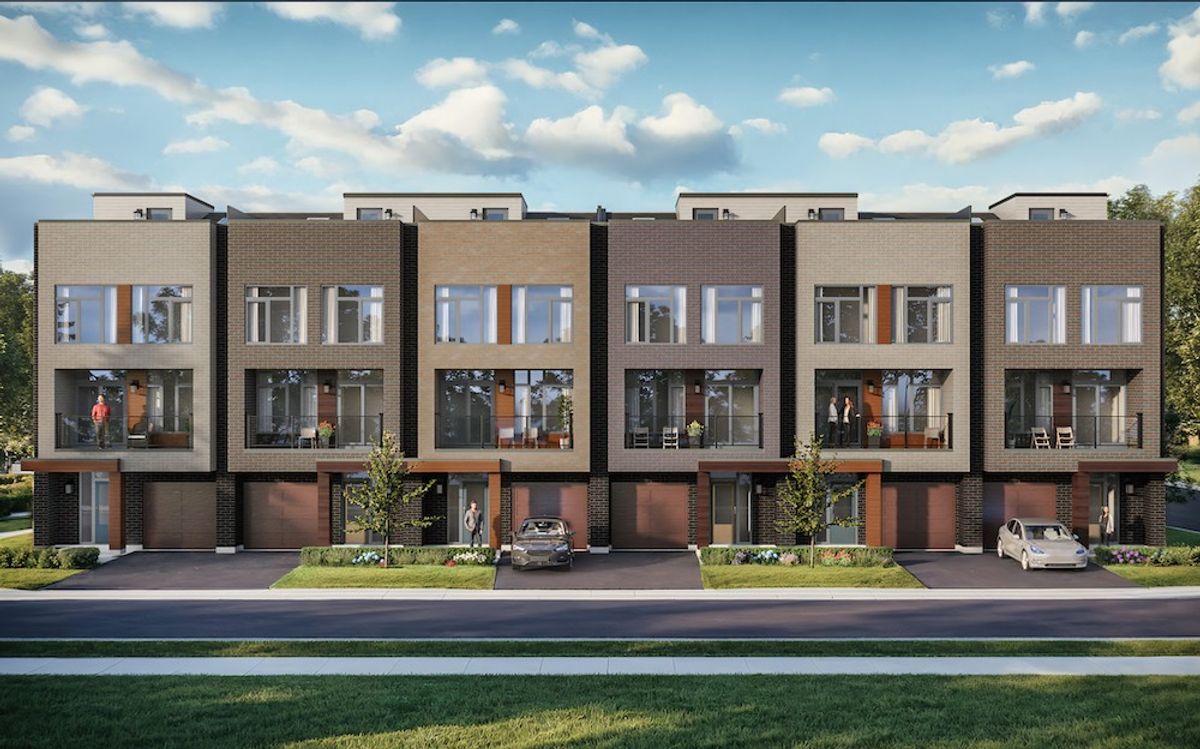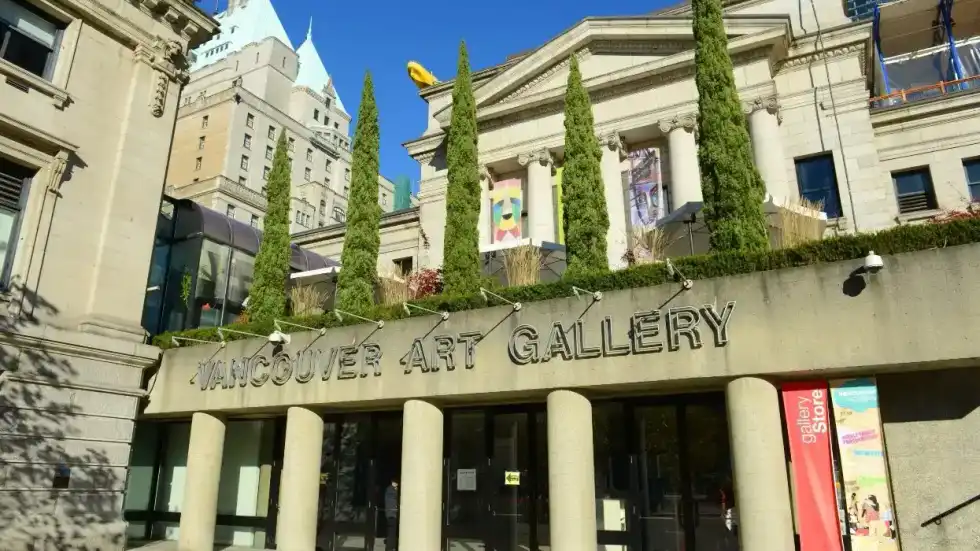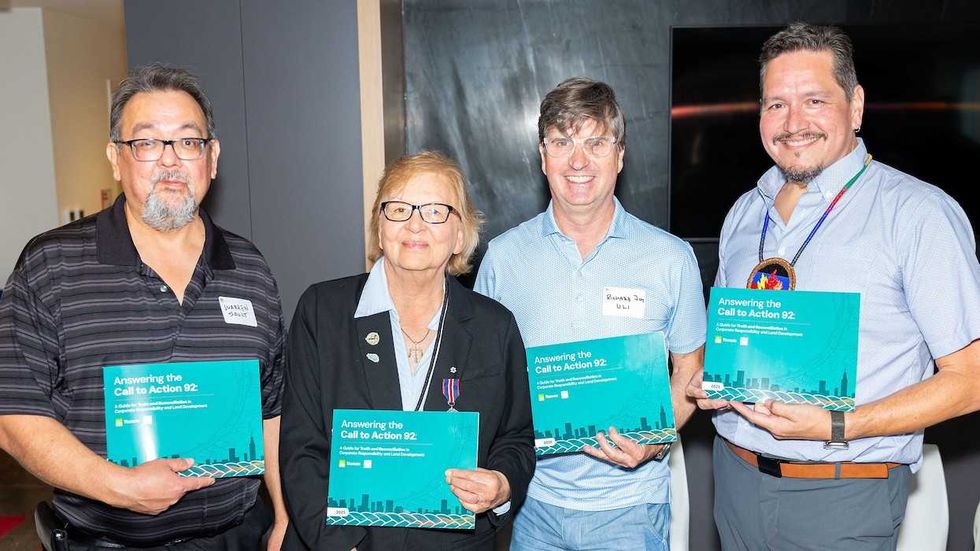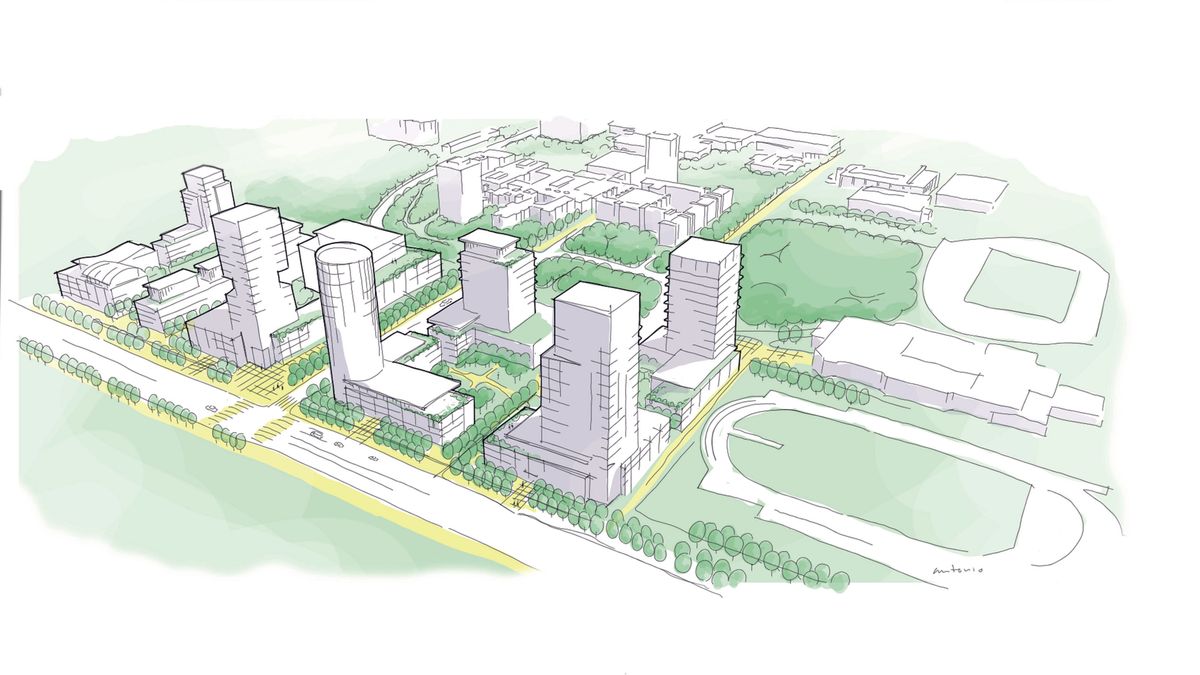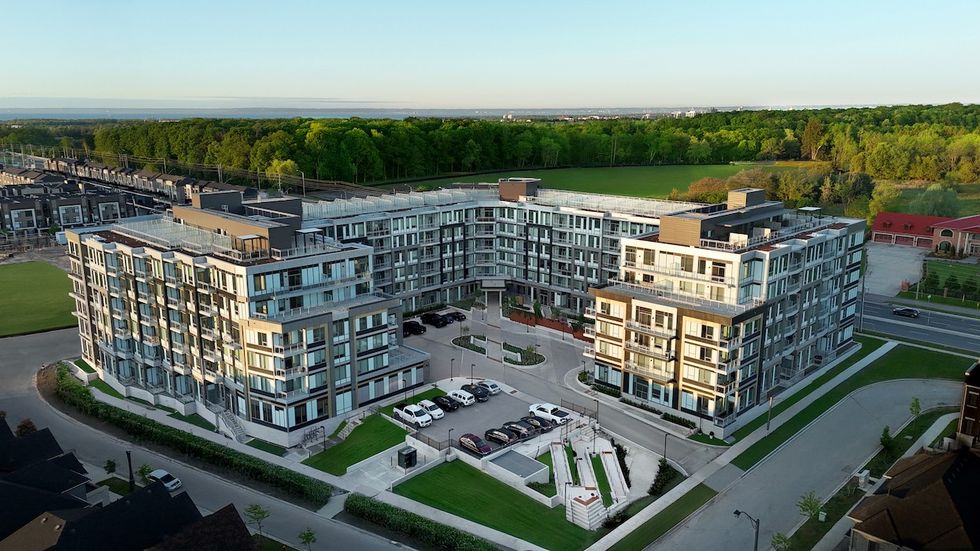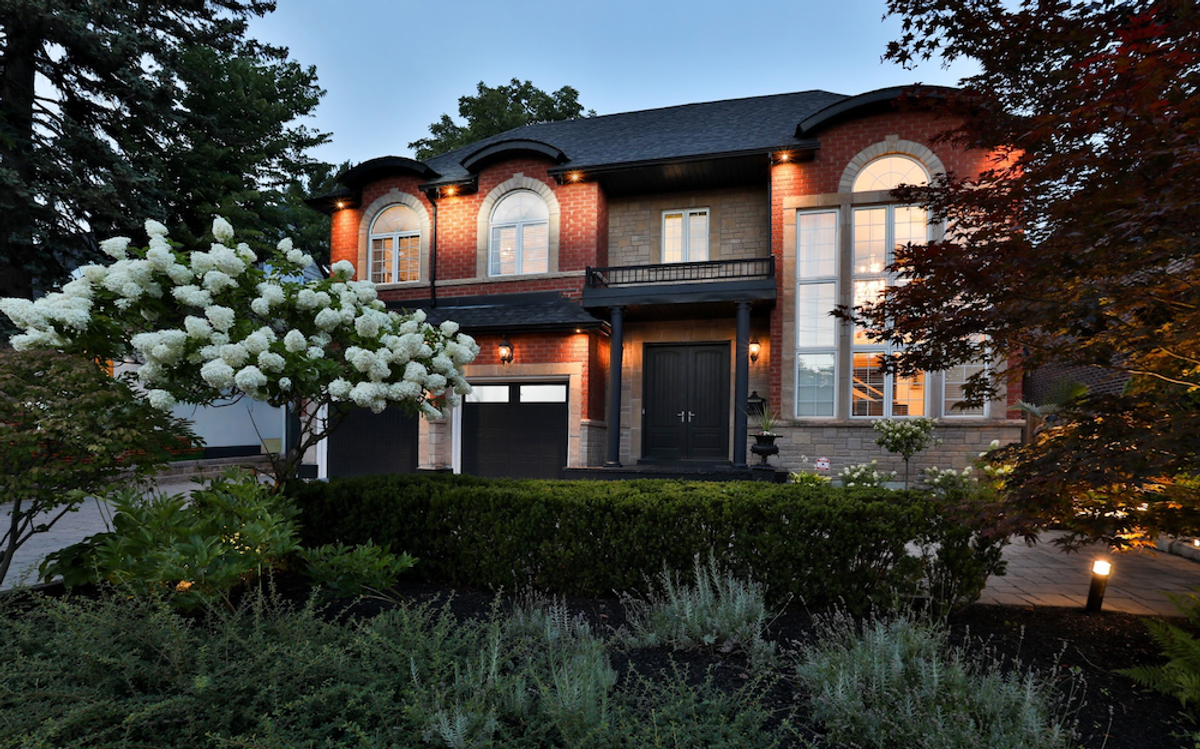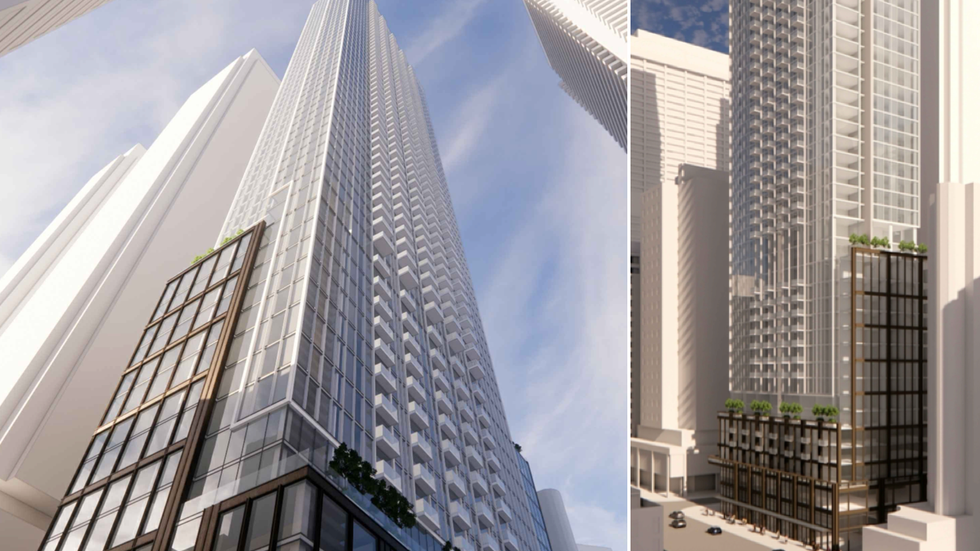In the City of Toronto, an average of 25 months will pass between a developer submitting a building application and receiving approval for that application — the second longest approval time of any major city in Canada.
But the City has doubled down on efforts, as of late, to remedy this shortcoming by creating a new division called Development Review, which has been tasked with improving the development application review process in order to approve projects faster and get more homes built.
The division is headed by former Director of the Housing Secretariat Valesa Faria who told STOREYS in an early-March interview that her team has been able to reduce application review timelines by 80% on average for major application types since the division got to work last April.
Still, the process of securing a building permit for major projects is no small feat, regardless of wait times, with planning often beginning months or even years in advance of the application submission date alone. And even in some of the most efficient municipalities in Canada, permits for large projects still take several months to issue.
To provide an inside glimpse into the process, we’ve researched the steps and confirmed with a representative from the Development Review division to better understand the ins and outs of applying for major building permits in the City of Toronto.
Step 1: Due Diligence
Even before the City gets involved, an experienced developer knows due diligence is key to getting a building approved quickly.
Prior to presenting their plan to the City staff, a developer will research any potential development constraints on their desired site by looking at things like the City’s Zoning By-Law, the Official Plan, heritage designations, and office replacement requirements, which could influence what is allowed to be built on the site.
To make things easier, the City recently created a Standard Application Checklist which communicates all the baselines documents that are always required for certain applications, including Official Plan Amendment, Zoning By-law Amendment, Plan of Subdivision and Site Plan Control applications. It also includes documents that may be required depending on a number of different factors. For example, if a development is going to be over six storeys, then the checklist will inform them that a wind study will be required.
Another key step recommended by the City in the due diligence phase is to consult with community members and organizations such as residents’ associations or the ward councillor in order to field any concerns these parties may have before an application is submitted. This is especially important if the proposal includes a change to the Zoning Bylaw or Official Plan.
Step 2: Planning
Once a developer has all the information they need, they can begin creating their proposal, including all the various required documents. This step typically involves the input and expertise of a number of people including urban planners, architects, structural engineers, or wind consultants to produce these documents.
Throughout the entire planning process, developers are strongly encouraged to continue engaging with community members.
Step 3: Pre-Application Consultation
Prior to submitting their finalized plans, a developer will work to pre-emptively avoid the delays and costs that come along with multiple revisions and re-applications by scheduling either an in-person or virtual pre-application consultation meeting with City staff who will raise potential concerns ahead of the official application.
City staff that are expected to attend these meetings can differ from project to project but often include the Community Planner, the urban designer assigned to the file, the development engineer, and the coordinator from Transportation Review. But there can also be participation from departments like Parks, Heritage, or Toronto Water, depending on the proposal.
Note: under current legislation, this step is not mandatory, but all Ontario municipalities must offer voluntary preconsultation meetings. It is strongly recommended by the City of Toronto that all developers participate in a voluntary preconsultation meeting and consult community members during the due diligence phase.
An experienced developer typically attends these meetings to receive confirmation that they have correctly identified all the required documents and for City staff to provide more substantive feedback. For example, if a developer is proposing a substantially taller tower than what is currently allowed in a certain area of the city, staff might recommend that they reconsider the height or setbacks.
But for less experienced developers, the pre-application consultation meeting is usually one of the first steps they take, serving as a guide for their due diligence phase — a step more experienced developers will have already completed by their meeting.
During their meeting, City staff will advise the lesser-experienced developer on what is required by going through what is called a Planning Application Checklist Package.
Step 4: Apply
After pre-application feedback from City staff and the public has been implemented, a developer will submit their application to the City for approval using the Application Submission Tool.
In order to apply, developers will set up an account and upload the required files. The application is then sent to a staff person who will calculate the application fee based on the City’s Fee Schedule, and the developer will transfer the money.
Once both of these steps are complete, the application will be deemed complete. The City has 30 days to deem the application either complete or not complete.
Step 5: Feedback
After the application, staff will then organize a community consultation meeting. At these meetings the proposed development is fielded with the public and members of the community can raise concerns and provide feedback. The developer also has the opportunity to speak to their development.
The application will then undergo a thorough review by City staff, which often includes comments and feedback that are then implemented into an updated resubmission. This process can take several rounds depending on how much progress the developer and staff are making together, but Development Review is currently in the process of providing a standard for both staff and developers to expect.
In the event that a resubmission includes a substantial change in the gross floor area, floor plate, or public realm, for example, the applicant may be required to pay another application fee.
Step 6: Consideration
Once the application reaches its final form, staff will write a recommendation report that either recommends to approve or refuse the proposal.
This report will go to the corresponding Community Council first, which serves as a statutory public meeting where members of the public can depute the report and share comments with council. The report will then go before City Council, where a final decision will be made that could be subject to appeal. If the application is refused at this level, the developer can appeal the decision to the Ontario Land Tribunal (OLT).
